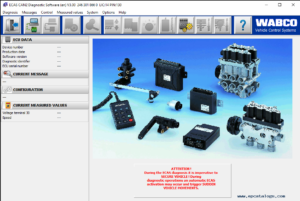In order to provide the cheapest computers on the market, many distributors both big and small try to cut corners any way they can. In good faith, we’ve put together this list to bring knowledge to this issue and hopefully help keep you from getting a raw deal.
Some common tricks used by other distributors are:
- Selling old and outdated laptops. Older laptops don’t have the processing power or memory needed to effectively run current versions of diagnostic software in an acceptable manner.
- Replacing newer processors with older and cheaper ones. To save a few bucks, many distributors will swap out the processors in their laptops with whatever they have laying around the warehouse. Typically, much older and cheaper processors are shipped out.
- Using insufficient RAM. Not having enough RAM in your laptop can cause a multitude of problems and be quite frustrating to deal with. At a bare minimum, diagnostic laptops should have 8GB of RAM. Anything below that is just not going to work well. The main symptom of insufficient RAM is extremely slow opening times for diagnostic programs, such as Cummins Insite or Detroit Diagnostic Link. You will also notice that the computer will take a long time to react to your actions (e.g., clicking a button and nothing happens for 10 seconds)
- Using small or slow hard drives. Unless you plan on only installing a single program on your diagnostic laptop, having the right size hard drive is important. Some distributors will try to sell you a laptop with a small/slow hard drive for dirt cheap. Their goal here is to wow you with the price and hope you overlook the hard drive specs. Don’t fall for it!
- Selling you a laptop you Windows 7 or Windows 10 Home. Contrary to popular belief, your diagnostic laptop’s operating system matters. Many of the most popular diagnostic programs require Windows 10 PRO. Some folks don’t know that there’s a difference or don’t think it matters. It does.
Some suppliers of refurbished computers purchase them from a variety of sources, some will then strip them for parts and build what we refer to as “Frankenstein Computers”. The name is funny but this is no laughing matter, these computers usually perform terribly and crash within a year or two because of low quality and mismatched parts. They aren’t built to perform; they’re built to sell fast (low price).



